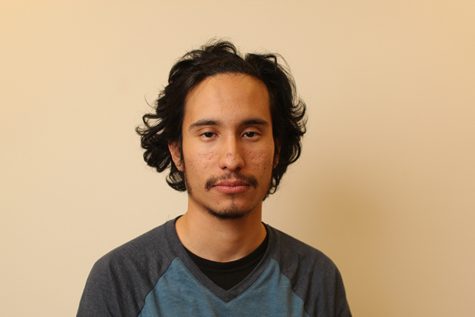Shoreline undergoes revival
Oct 29, 2014
RICHMOND — A former U.S. Navy fuel depot and home to Winehaven winery and town, the expansive shoreline named Point Molate, has a new cleanup underway for an 11-acre contamination area.
Point Molate and Point Molate Beach Park are located on the San Pablo Peninsula, 1.5 miles north of the Richmond-San Rafael Bridge, and were formerly owned by the Navy from 1941 to 1995.
One of the last areas of contamination caused by the depot and the subsequent Cosco Busan oil spill of 2007 is now being cleaned up along the San Francisco Bay and has been labeled Installation Restoration (IR) Site 3.
As of press time Tuesday, Point Molate Project Manager Craig Murray did not respond to requests made for comment.
Listed on Richmond’s weekly City Council report for the week of Oct. 3, the cost of the cleanup will be $10 million. The details of the project include removing petroleum impacted soil and hazardous waste, up to thousands of cubic yards of soil at a time.
To counter this, truckloads numbering up to 55 per day containing clean soil will be brought in to prepare this site for community re-use and possibilities of economic benefit in time for its estimated completion in early 2015. The project will follow a 180-day schedule.
The ground breaking ceremony was held on Sept. 29 and featured Mayor Gayle McLaughlin. Council members Nat Bates, Courtland “Corky” Booze and Tom Butt also attended the event.
Jim Hite of the Point Molate Community Advisory Committee and Citizens for a Sustainable Point Molate said it is difficult to predict the future of the area once the cleanup is completed.
Hite said that if Chevron-backed candidates win the upcoming election, the committee could be shut down.
“We ask hard questions for politicians and if Butt wins, he’ll close us down. But if the majority of seats are held by Richmond Progressive Alliance supported council members, we’ll stay open,” Hite said.
Transferred to the city of Richmond in 2003, the 423-acre site, 140 acres of which are submerged in the San Francisco Bay, has seen two major uses within the past century.
First, it was home to a winery and town built by the California Wine Association called Winehaven in 1906 after the San Francisco earthquake left the city in dismay and ruined their previous location.
According to Point Molate Community Advisory Committee member Dorothy Gilbert, it was then acquired by the Navy to be used as a fueling station in 1941 after the winery had shut down in 1919 due to alcohol Prohibition.
During the time the Navy controlled the land, 20 large concrete tanks were built on the Protero hillsides with thousands of oil drums stored within.
Gilbert, a UC Berkeley adjunct English professor, crafted a timeline of Point Molate’s history where it showed the depot operating during World War II, the Korean and Vietnam Wars up until the facility was decommissioned in September 1995.
After the Navy, the city of Richmond established a Blue Ribbon Advisory Committee to help draft a re-use plan for the area. Since then, the city has worked with the Navy to organize the cleanup and remediation process, Gilbert said.
Charles Smith, retired East Bay Municipal Utility District wastewater treatment facility plant operator, said the transition of Point Molate from Navy ownership to Richmond city ownership led to the creation of several committees.
The Point Molate Community Advisory Committee was enacted by Mayor McLaughlin and serves as a citizen oversight community.
Citizens for a Sustainable Point Molate is an advocacy group that is interested in saving Point Molate from urbanization or development for economic gain and tends to receive money from donations or grants.
Friends of Point Molate is the least prominant, with Smith leading other volunteers to go and maintain Point Molate Beach Park.
“We work to remove invasive species of plants, clean up the picnic area and beach and get it to tip top shape, take care of things overlooked or unable to be attended by parks and recreation workers,” Smith said.
Smith said the city is in one of the final stages of removing toxic soil from the area.
Hite and Gilbert said they want it to remain a peaceful and serene shoreline, with hopes of the Beach Park being implemented into the East Bay Regional Park District.


